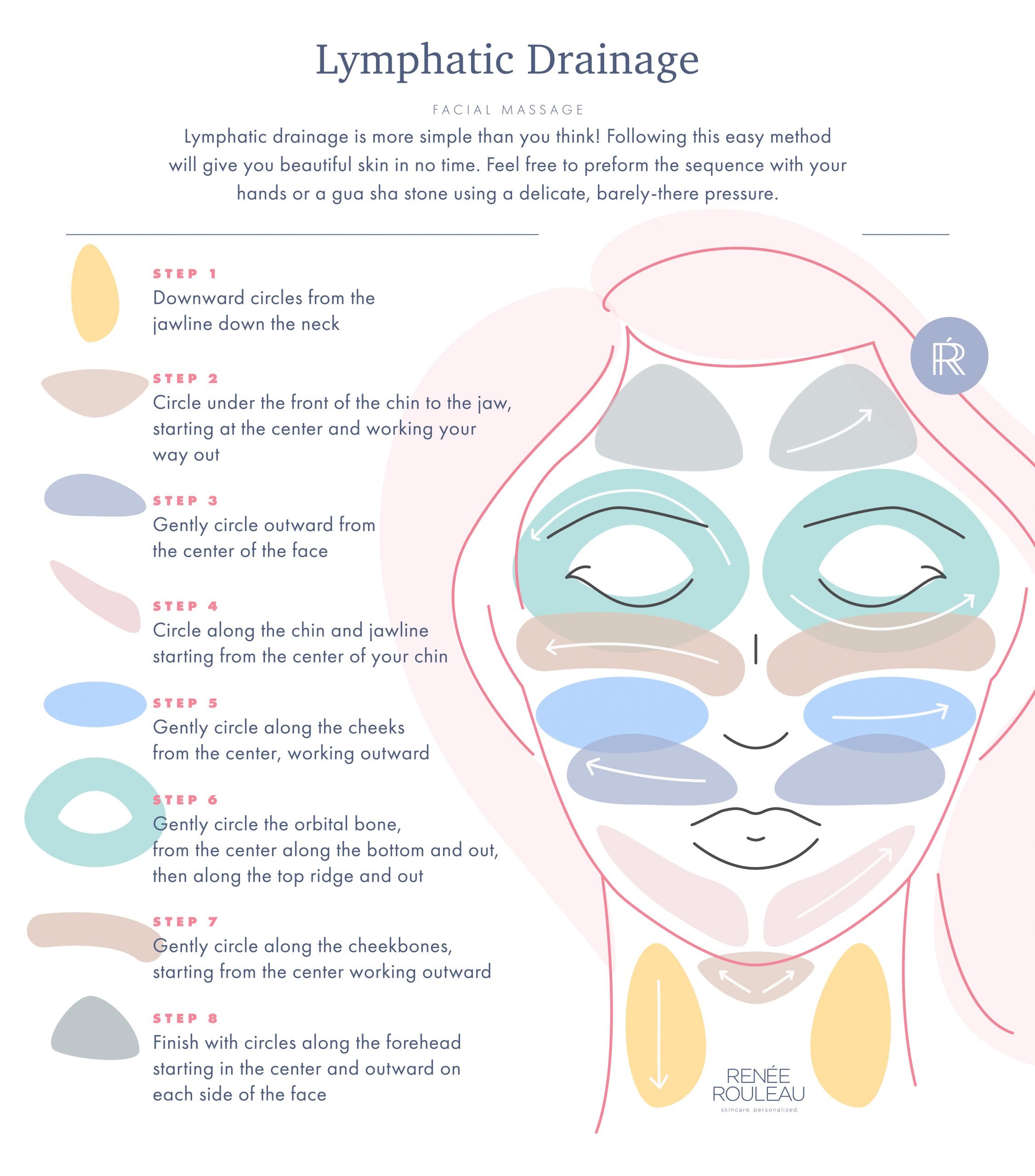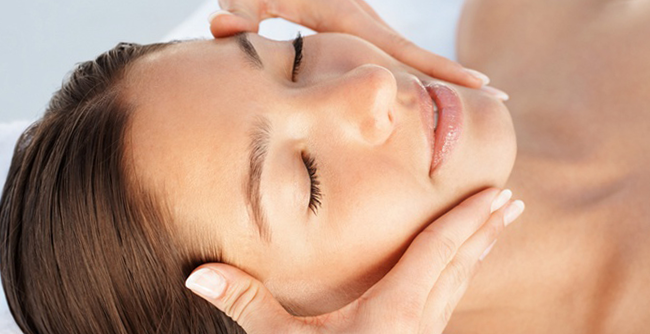Topic how to massage face after facelift: Discover the transformative power of facial massage after a facelift, designed to expedite healing, enhance results, and rejuvenate your appearance with our expert-guided techniques.
Table of Content
- Facelift Massage Instructions
- Additional Care Tips
- Massage Techniques and Care
- Additional Care Tips
- Massage Techniques and Care
- Massage Techniques and Care
- How to properly massage your face after a facelift to ensure optimal healing and results?
- YOUTUBE: Self MLD Lymphatic Drainage Massage after Facelift
- Introduction to Facial Massage Post-Facelift
- Understanding the Benefits of Post-Facelift Massage
- Step-by-Step Guide to Safe Facial Massaging Techniques
- Key Techniques: Lymphatic Drainage and Gentle Strokes
- Addressing Common Concerns: When to Start and Areas to Avoid
- Enhancing Recovery: Additional Post-Operative Tips
- Professional Advice: Incorporating Expert Techniques and Products
- Maintaining Results: Long-Term Care and Routine
- Conclusion: Embracing the Healing Process
Facelift Massage Instructions
- Start with a comfortable position, ensuring your head and neck are supported.
- Apply a hypoallergenic, non-comedogenic cream as a lubricant.
- Use gentle, upward strokes starting from the neck upwards.
- Implement the \"two-finger\" technique for targeted areas.
- Focus on lymphatic drainage, gently guiding fluid away from the face.
- Avoid direct pressure on incisions and be gentle around sensitive areas.
- Be consistent with your massage routine as recommended by your surgeon.
- Monitor your skin\"s response, and report any negative reactions to your surgeon.

READ MORE:
Additional Care Tips
- Follow your surgeon\"s post-operative care instructions precisely.
- Maintain a healthy lifestyle, including proper hydration and nutrition.
- Keep incisions clean, dry, and protected from the sun.
- Avoid strenuous activities and sleep with your head elevated.
- Consider using silicone-based scar care products as advised.
- Adhere to a gentle skincare routine to support healing.

Massage Techniques and Care
- Incorporate petrissage and tapotement techniques to promote circulation.
- Target specific facial muscles, particularly those prone to tension.
- Handle scar tissue with care, focusing on surrounding areas to promote healing.
- Include the neck and jawline in your massage for comprehensive benefits.
- Finish with soothing effleurage strokes to relax the entire face.
Post-Massage Care
- Apply moisturizer or facial cream to nourish and hydrate the skin.
- Protect your skin from sun exposure by applying high-SPF sunscreen.
- Stay hydrated to support the healing process and skin health.
- Follow any additional care instructions provided by your surgeon.
For optimal results, adhere to the massage frequency and duration as recommended by your surgeon, starting with shorter sessions and gradually increasing as advised.

Additional Care Tips
- Follow your surgeon\"s post-operative care instructions precisely.
- Maintain a healthy lifestyle, including proper hydration and nutrition.
- Keep incisions clean, dry, and protected from the sun.
- Avoid strenuous activities and sleep with your head elevated.
- Consider using silicone-based scar care products as advised.
- Adhere to a gentle skincare routine to support healing.

Massage Techniques and Care
- Incorporate petrissage and tapotement techniques to promote circulation.
- Target specific facial muscles, particularly those prone to tension.
- Handle scar tissue with care, focusing on surrounding areas to promote healing.
- Include the neck and jawline in your massage for comprehensive benefits.
- Finish with soothing effleurage strokes to relax the entire face.
Post-Massage Care
- Apply moisturizer or facial cream to nourish and hydrate the skin.
- Protect your skin from sun exposure by applying high-SPF sunscreen.
- Stay hydrated to support the healing process and skin health.
- Follow any additional care instructions provided by your surgeon.
For optimal results, adhere to the massage frequency and duration as recommended by your surgeon, starting with shorter sessions and gradually increasing as advised.

_HOOK_
Massage Techniques and Care
- Incorporate petrissage and tapotement techniques to promote circulation.
- Target specific facial muscles, particularly those prone to tension.
- Handle scar tissue with care, focusing on surrounding areas to promote healing.
- Include the neck and jawline in your massage for comprehensive benefits.
- Finish with soothing effleurage strokes to relax the entire face.
Post-Massage Care
- Apply moisturizer or facial cream to nourish and hydrate the skin.
- Protect your skin from sun exposure by applying high-SPF sunscreen.
- Stay hydrated to support the healing process and skin health.
- Follow any additional care instructions provided by your surgeon.
For optimal results, adhere to the massage frequency and duration as recommended by your surgeon, starting with shorter sessions and gradually increasing as advised.
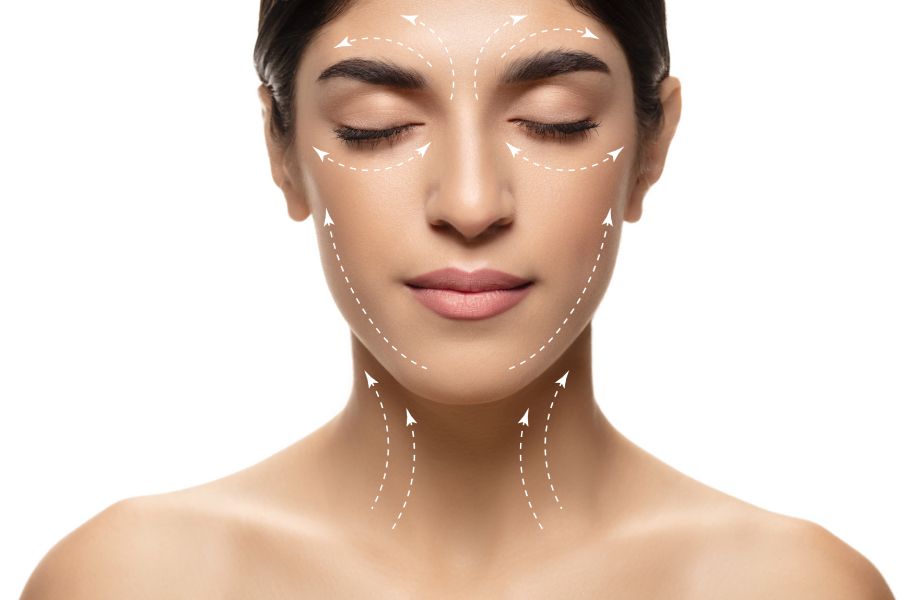
How to properly massage your face after a facelift to ensure optimal healing and results?
To properly massage your face after a facelift to ensure optimal healing and results, follow these steps:
- Wait until your wounds have completely closed and your face has started to heal before attempting any facial massages.
- Gently cleanse your hands and face to remove any dirt or bacteria before starting the massage.
- Apply a small amount of gentle moisturizer or facial oil to your fingertips to provide some slip during the massage.
- Start by massaging the areas around the incision sites gently with light pressure. Avoid putting too much pressure on the incision areas to prevent any damage or irritation.
- Use upward and outward motions when massaging your face to help improve blood circulation and lymphatic drainage.
- Focus on areas that may feel tight or swollen, but always be gentle and never force any movements.
- Continue the massage for a few minutes each day to help reduce swelling, improve circulation, and promote healing.
- If you experience any pain or discomfort during the massage, stop immediately and consult with your surgeon.
- Remember that consistency is key, so continue to massage your face regularly to optimize the healing process and achieve the best results.
Self MLD Lymphatic Drainage Massage after Facelift
\"Experience the rejuvenating benefits of lymphatic drainage in this transformative video! Learn how this gentle technique can help reduce swelling, improve circulation, and promote a healthy immune system. Discover the power of self-care and relaxation.\"
Introduction to Facial Massage Post-Facelift
Facial massage post-facelift is an essential component of the recovery process, helping to expedite healing, reduce swelling, and enhance overall results. It\"s important to begin with gentle techniques to avoid disturbing the healing tissues.
- Begin by finding a comfortable position, either seated or lying down, to ensure your neck and head are well-supported.
- Apply a hypoallergenic and non-comedogenic cream or lotion to your fingertips to reduce friction during the massage.
- Start the massage with light, gentle strokes from the base of your neck upwards towards your jawline and cheeks, moving in an upward and outward direction.
- Employ the \"two-finger\" technique for more targeted areas, using light circular motions without applying direct pressure to incision sites.
- Concentrate on lymphatic drainage by employing light strokes from the center of your face outward towards your ears and down your neck.
Remember to avoid direct pressure on incision sites and adhere strictly to your surgeon\"s guidelines regarding the commencement and intensity of massage. Regular, consistent facial massage as recommended can significantly aid in your recovery and enhance the results of your facelift.
- Follow additional post-operative care tips such as maintaining a healthy lifestyle, staying hydrated, and protecting your skin from the sun.
- Consult your surgeon for personalized advice and follow their instructions for massage frequency and techniques.
- Be attentive to your skin\"s response to the massage and report any negative reactions to your surgeon immediately.
Integrating facial massage into your post-facelift recovery routine can lead to a smoother healing process and more satisfying results. It\"s crucial to proceed with care and follow professional guidance throughout your recovery journey.

Lymphatic Drainage Massage after Facelift for Facial Plastic Surgery
\"Discover the secrets to a natural facelift in this incredible video! Explore non-invasive techniques to lift and tighten your skin, diminish fine lines, and enhance your natural beauty. Embrace a radiant and youthful complexion today!\"
Understanding the Benefits of Post-Facelift Massage
Facelift massage is a specialized technique aimed at enhancing the recovery and overall results post-surgery. It plays a crucial role in the healing process, promoting relaxation, improving blood circulation, and aiding lymphatic drainage to reduce swelling and discomfort.
- Swelling and Inflammation Reduction: Lymphatic drainage techniques help reduce swelling and inflammation by removing excess fluids and waste from facial tissues.
- Improved Circulation and Healing: Gentle massage boosts blood flow, facilitating faster healing and reducing downtime after surgery.
- Scar Tissue Management: Regular massage can soften and improve the appearance of scar tissue, making it less noticeable over time.
- Relaxation and Comfort: Massaging the face post-facelift can alleviate pain and provide a sense of relaxation during the recovery period.
- Enhanced Results: Consistent facial massage post-surgery helps maintain and enhance the results of your facelift, contributing to a more youthful and refreshed appearance.
It\"s important to follow your surgeon\"s guidelines regarding the start and frequency of post-facelift massage to avoid any complications. Always use light pressure and focus on gentle techniques to ensure safe and effective healing. Additionally, maintaining hydration, protecting the skin from sun exposure, and adhering to a healthy lifestyle can further enhance the benefits of post-facelift massage.
By incorporating these massage techniques and post-massage care into your recovery plan, you can significantly improve your comfort levels and the overall outcome of your facelift procedure.
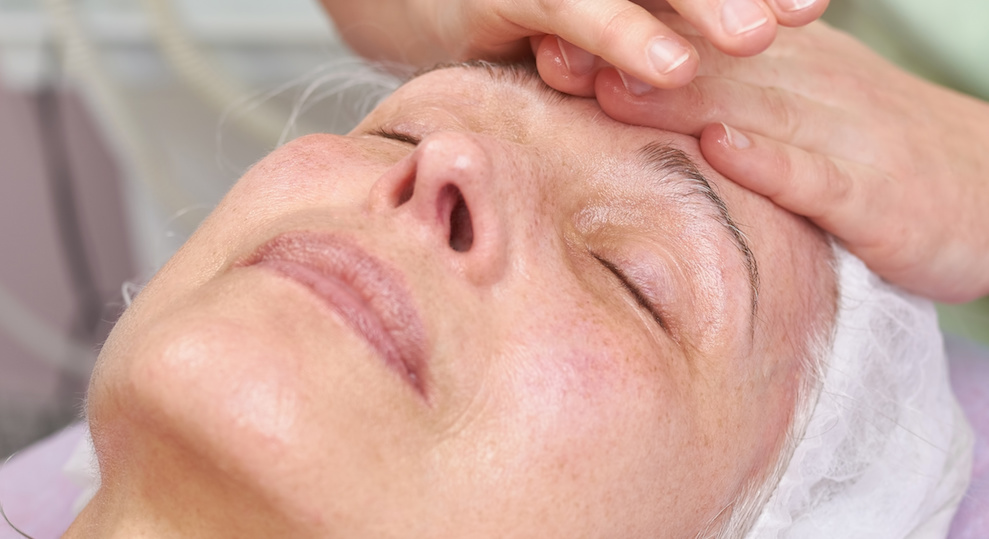
Step-by-Step Guide to Safe Facial Massaging Techniques
Proper facial massage techniques post-facelift are essential for promoting healing and achieving optimal results. Follow this guide for a safe and effective massage routine:
- Find a Comfortable Position: Start by sitting or lying in a comfortable position, ensuring your head and neck are well-supported to reduce swelling and prevent strain.
- Apply Lubricating Cream: Use a hypoallergenic, non-comedogenic cream or lotion to prevent irritation. This will help your fingers move smoothly over your skin without pulling or stretching.
- Start with Gentle Strokes: Using your fingertips, gently massage your face with upward strokes starting from the base of your neck moving towards your jawline and upwards to your cheeks.
- Use the “Two-Finger” Technique: Gently press and move your index and middle fingers in circular motions for targeted massage, especially around areas of tension or swelling.
- Focus on Lymphatic Drainage: Employ light strokes from the center of your face outward towards your ears and down your neck to encourage fluid drainage away from the surgical area.
- Avoid Pressure on Incisions: Be careful around incision sites. Do not apply pressure until they are fully healed and always follow your surgeon\"s advice regarding when to start massaging these areas.
- Be Consistent: Regularly massage your face as advised by your surgeon to aid in healing and improve results.
- Monitor for Any Negative Reactions: Watch for any adverse reactions such as increased pain or swelling and report these to your surgeon immediately.
In addition to these steps, maintain a healthy lifestyle, stay hydrated, protect your skin from the sun, and adhere to your surgeon\"s post-operative care instructions to enhance your recovery and results.
Finally, consult your surgeon before beginning any massage routine to ensure it\"s safe for your specific situation and to receive personalized advice and instructions based on your recovery progress.

_HOOK_
Key Techniques: Lymphatic Drainage and Gentle Strokes
Lymphatic drainage and gentle stroking are fundamental techniques in post-facelift facial massage. These methods are designed to enhance healing, reduce swelling, and improve skin texture.
- Prepare Your Environment: Begin by finding a comfortable and supportive position to minimize swelling. Use several pillows to elevate your head and ensure your neck and head are properly supported.
- Apply Lubrication: Choose a hypoallergenic, non-comedogenic cream or lotion to help your fingers glide smoothly over the skin without causing irritation.
- Gentle Strokes: Start with light, upward strokes from the base of the neck towards the jawline and cheeks, avoiding any harsh pulling or stretching movements.
- Targeted Pressure: Utilize the \"two-finger\" technique for focused areas, applying gentle pressure in a circular motion, especially around areas of tension or swelling.
- Lymphatic Drainage: Employ soft strokes from the center of the face outwards and downwards, following the lymphatic pathways to encourage fluid drainage from surgical areas.
- Incision Care: Be cautious around incision sites, avoiding direct pressure until they are fully healed, as advised by your surgeon.
- Maintain Routine: Consistently perform facial massages as recommended to promote healing and enhance facelift results.
- Observe Reactions: Monitor your skin\"s response, noting any increased pain or swelling, and contact your surgeon if any adverse reactions occur.
Complement these massage techniques with overall post-operative care: stay hydrated, protect your skin from the sun, and follow a gentle skincare regimen. Adjust the frequency and duration of the massages according to your surgeon’s advice, beginning with shorter sessions and gradually increasing them as your recovery progresses.

Addressing Common Concerns: When to Start and Areas to Avoid
Understanding when to start massaging and what areas to avoid is crucial for a safe and effective recovery after a facelift. Below are some guidelines to help you navigate through the process:
- Commencement of Massage: Typically, you should start lymphatic massages after the first week of surgery. The frequency should initially be around every two weeks, continuing until the tissues have healed and the lymph nodes are not swollen anymore. Always consult with your surgeon for the exact timing based on your individual healing process.
- Areas to Avoid: Direct pressure on incisions or any surgical sites should be avoided until they have completely healed and your surgeon has given the go-ahead. Be particularly gentle around any areas of swelling or tension to avoid discomfort or complications.
- Techniques and Pressure: Employ gentle strokes and avoid vigorous massage. Use light pressure especially when performing lymphatic massage to prevent any adverse effects. Focus on gentle, upward movements without pulling or stretching the skin.
- Scars and Healing Tissues: When massaging scar areas, start only after sutures are removed and the wounds have sufficiently healed. Apply minimal pressure and gradually increase as tolerated without causing redness or swelling.
- Sensitivity and Numbness: Be aware that post-surgery areas may be numb or highly sensitive. If you experience any unusual sensations such as tingling, heat, or cold, consult your doctor immediately.
- Facial Support Garments: If you\"re using a chin strap or other compression garments, ensure they are snug but not overly tight to avoid impeding your healing process.
- Monitoring Changes: Keep track of your skin’s reaction to the massage and report any significant changes such as increased pain, redness, or swelling to your surgeon.
Remember, every patient\"s recovery journey is unique. Always follow your surgeon\"s specific advice and instructions to ensure the best outcomes for your facelift recovery.
Enhancing Recovery: Additional Post-Operative Tips
Facelift surgery recovery can be optimized with the right care and practices. Here are some additional tips to aid your recovery and enhance the results of your facelift surgery:
- Follow All Post-Operative Instructions: Adherence to your surgeon\"s specific post-operative care instructions is crucial. These instructions are tailored to your individual recovery needs and surgical details.
- Maintain a Healthy Lifestyle: A balanced diet rich in nutrients, adequate hydration, and avoiding strenuous activities can promote faster healing and enhance your overall results.
- Protect Your Incisions: Keep the surgical incisions clean and dry. Protect them from direct sunlight to prevent darkening of scars and use recommended silicone-based scar care products once approved by your surgeon.
- Avoid Hot Showers: Hot showers can increase swelling, so it\"s advised to avoid them during the initial recovery period.
- Positive Mindset: Recovery can be a challenging time, but maintaining a positive outlook can make the process feel much easier.
- Refrain from Smoking: Smoking can delay the healing process and negatively impact the results of your surgery.
- Sun Protection: Avoid direct sun exposure post-surgery. When outdoors, wear a broad-spectrum sunscreen with at least SPF 30.
- Scar Management: Proper care of your scars is important. Follow your surgeon\"s advice for scar treatment to ensure they heal well and become less noticeable over time.
- Stay Hydrated and Eat Well: Good nutrition and staying hydrated are vital for healing and recovery.
- Attend Follow-up Appointments: Keep all your post-operative appointments to ensure that your recovery is on track and any stitches or drains are properly managed.
By following these tips, along with your surgeon\"s personalized advice, you can help ensure a smooth recovery and lasting results from your facelift surgery.
Professional Advice: Incorporating Expert Techniques and Products
Expert techniques and products play a crucial role in enhancing the recovery and outcomes of facelift massages. Following professional advice ensures safe and effective post-operative care.
- Techniques for Effective Massage: Start with gentle, upward strokes and incorporate techniques like petrissage and tapotement once the muscles are warmed up. Focus on areas that hold tension such as the forehead, temples, or jawline. Use kneading, rolling, and wringing motions for petrissage to release tension and promote circulation. For tapotement, employ light tapping or slapping movements to invigorate the muscles while maintaining consistent, comfortable pressure.
- Scar Tissue Management: Be cautious around scar tissue. Avoid applying excessive pressure directly to scars. Instead, focus on massaging surrounding tissues to promote blood circulation and minimize scar tissue formation.
- Neck and Jawline Attention: Include the neck and jawline in your massage routine, using gentle, upward strokes to promote relaxation and lymphatic drainage.
- Post-Massage Care: Apply moisturizer or facial cream recommended by your surgeon to hydrate and nourish the skin after the massage. Protect your skin from sun exposure by applying sunscreen with at least SPF 30 and staying hydrated by drinking plenty of water.
- Surgeon’s Guidance: Always follow any additional tips or post-massage care instructions provided by your surgeon, as each facelift procedure and recovery is unique.
- Massage Frequency and Duration: Start with short sessions and gradually increase the frequency and duration of your facial massages as advised by your surgeon to promote ongoing healing and maintain the benefits of the massage.
Remember, consistency in following these professional guidelines will help in achieving the best possible recovery and aesthetic results from your facelift procedure.
Maintaining Results: Long-Term Care and Routine
Maintaining the results of your facelift involves a combination of professional guidance, self-care, and lifestyle choices. Here\"s how you can ensure long-term satisfaction with your facelift outcome:
- Follow Post-Operative Instructions: Adhere to the specific care instructions provided by your surgeon. This may include guidelines on how to clean and care for incisions, medication schedules, and activity restrictions.
- Skin Care Routine: Establish a gentle skincare routine that includes cleansing, moisturizing, and applying sunscreen. Opt for products that are hypoallergenic and non-comedogenic. Avoid harsh chemicals or abrasive treatments on the facial skin.
- Healthy Lifestyle: Maintain a balanced diet, stay hydrated, and avoid harmful habits such as smoking. A healthy lifestyle can enhance your overall wellbeing and contribute to the longevity of your facelift results.
- Regular Massages: Continue with gentle facial massages, focusing on lymphatic drainage and circulation improvement. Be cautious around areas with scar tissue and consult with your surgeon on the appropriate techniques and frequency.
- Sun Protection: Protect your skin from sun exposure by applying a high-SPF sunscreen daily. Wear hats or seek shade when outdoors to prevent UV damage and preserve your facelift results.
- Avoid Strenuous Activities: In the weeks following your surgery, avoid strenuous activities that can increase blood pressure or cause swelling. Gradually reintroduce physical activities as recommended by your surgeon.
- Stay Positive and Patient: Healing takes time, and maintaining a positive outlook can help ease the recovery process. Be patient with your body as it heals and adjusts to the changes.
- Regular Check-ups: Attend all follow-up appointments with your surgeon. These check-ups allow your doctor to monitor your healing and address any concerns promptly.
By following these guidelines, you can help ensure that the results of your facelift last as long as possible, allowing you to enjoy a more youthful and refreshed appearance for years to come.
_HOOK_
READ MORE:
Conclusion: Embracing the Healing Process
The journey to recovery after a facelift is unique for each individual but embracing the healing process with patience and care can significantly enhance your results. Here are some key points to consider:
- Patience is crucial: Healing is a gradual process that requires time. Staying positive and patient during this time helps manage expectations and supports mental well-being.
- Follow professional advice: Adhering strictly to your surgeon\"s post-operative instructions is essential for a smooth recovery and optimal results.
- Consistent care routine: Maintaining a consistent skincare routine post-surgery can support the healing process and extend the results of your facelift.
- Healthy lifestyle: Embrace a healthy lifestyle with proper nutrition, hydration, and adequate rest to enhance your body\"s natural healing capabilities.
- Sun protection: Protect your skin from sun exposure to prevent damage and promote better healing.
- Long-term maintenance: Continue with recommended facial massages, using gentle techniques and avoiding direct pressure on sensitive areas.
Remember, the healing journey is as important as the surgical procedure itself. By taking proper care, following expert advice, and giving yourself time to heal, you can enjoy the full benefits of your facelift for years to come.
Embrace the journey of healing with our expert guide on how to massage your face after a facelift, designed to enhance recovery and sustain results. Discover the transformative power of proper care and self-massage techniques for a radiant, youthful appearance.









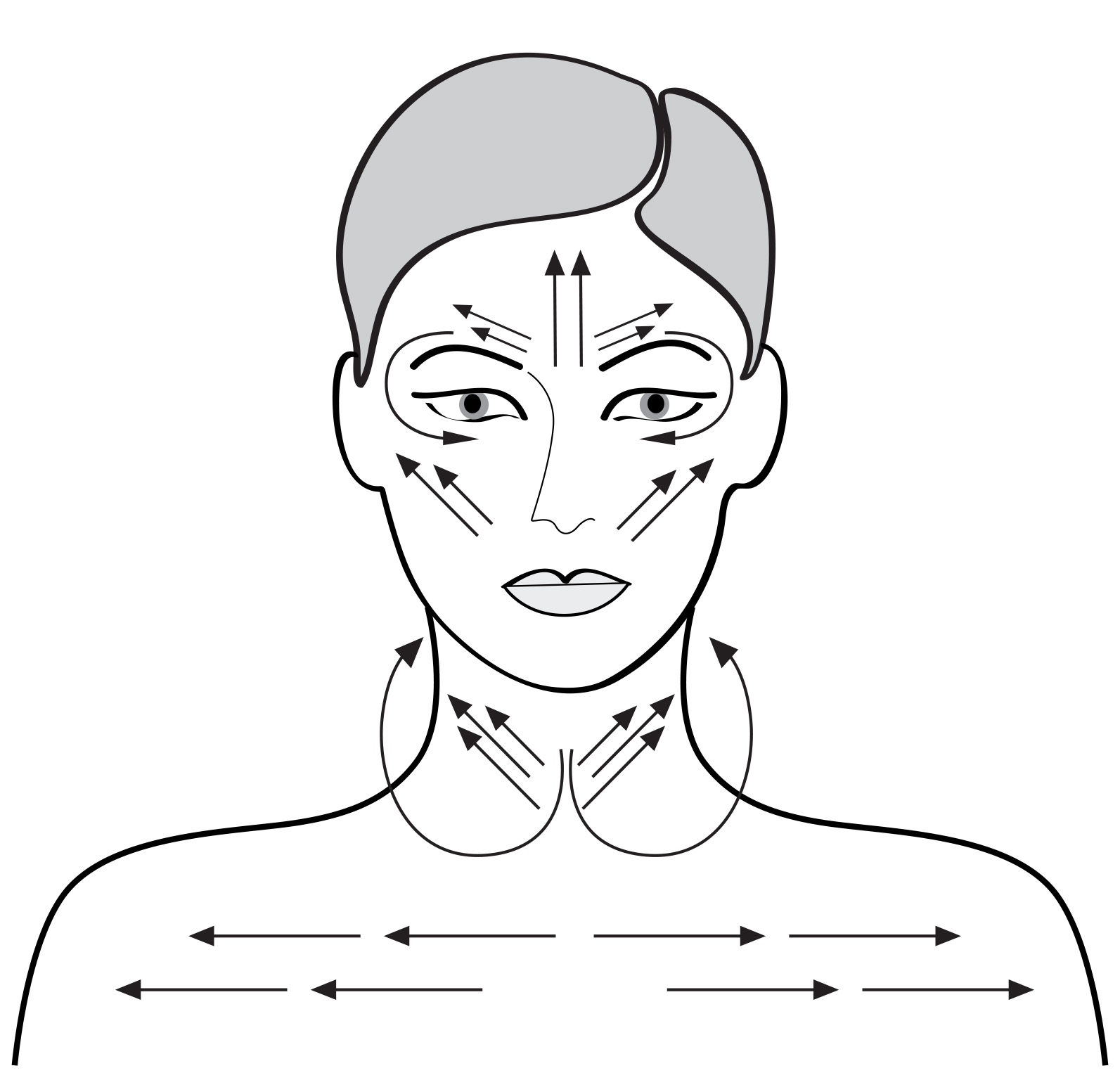

:max_bytes(150000):strip_icc()/cdn.cliqueinc.com__cache__posts__264935__facial-massage-technique-264935-1533751559897-image.700x0c-e8c06b17028546fcabf17fcf03b25573.jpg)


